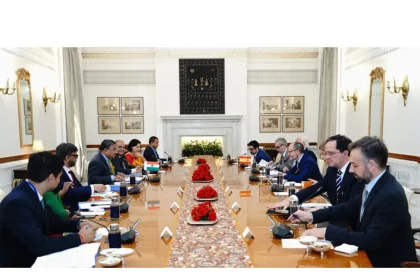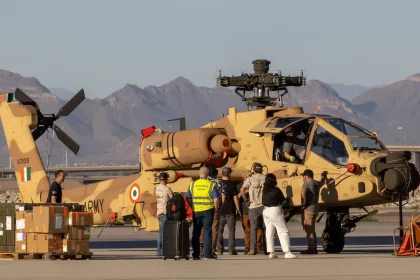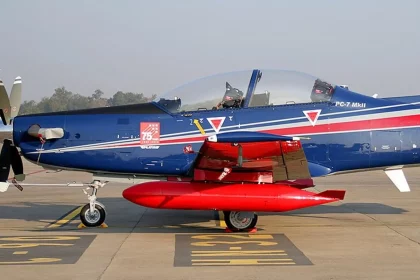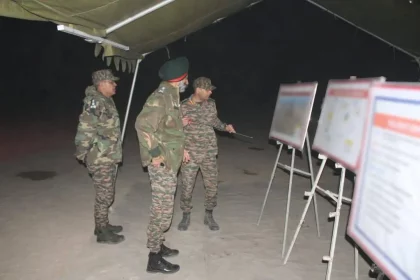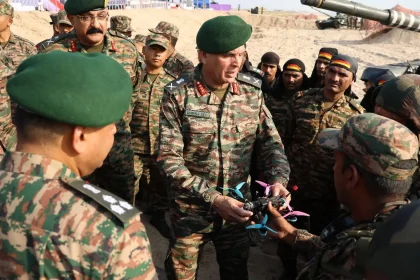India and Spain Strengthen Ties, Review Bilateral Cooperation at 8th Foreign Office Consultations
Both nations review progress in defence, technology, tourism, and strategic cooperation during high-level talks in New Delhi.
Turkey Blocks Overflight of An-124 Carrying Indian Army’s Apache Helicopters; Aircraft Returns to U.S. After Week-Long Impasse
Turkey’s Airspace Denial Stalls Delivery of Indian Army’s New Apache Fleet.
Indian Air Force PC-7 Mk II Trainer Aircraft Crashes Near Tambaram; Pilot Safely Ejects
A Court of Inquiry has been ordered to determine the cause of the accident.
Black Charger Eagles Demonstrate Exceptional Technical Skill With 24-Hour Continuous Engine Change Exercise
The effort by the Black Charger Eagles stands as a testament to the grit, professionalism, and technical excellence of Indian…
NDA Passing Out Parade for 149th Course to Be Held on 30 November 2025
As the Autumn Term 2025 draws to a close, the nation eagerly awaits the ceremonial march of the 149th Course—a…
Lieutenant General Dhiraj Seth Reviews Culminating Phase of Exercise Trishul at Madhavpur Beach
Exercise Trishul reaffirms the Indian Armed Forces’ readiness to operate jointly and decisively, projecting power across domains to meet evolving…

